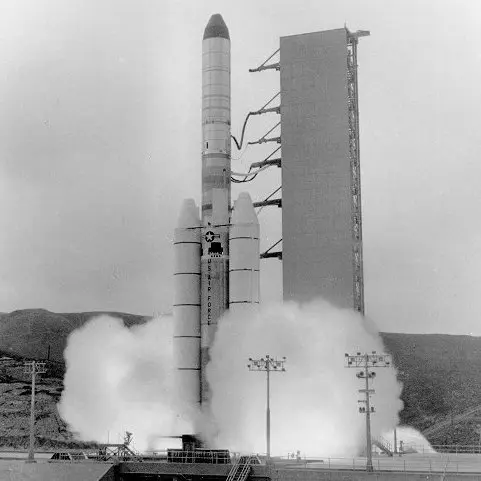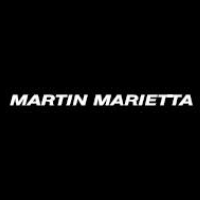KH-9 17 (Hexagon 17) & Farrah 1
Launch Success
Liftoff Time (GMT)
18:35:00
Tuesday May 11, 1982
Mission Details
Farrah 1
The Farrah satellites were part of a series of so called Program 11 or P-11 "Subsatellite Ferrets", low orbit ELINT/SIGINT satellites to pinpoint and characterize different Radar emitters in the Soviet Union and Warsaw pact states.
Low Earth Orbit
KH-9 17 (Hexagon 17)
The KH-9, also known as Hexagon or "Big Bird," was a large reconnaissance satellite designed to replace the earlier KH-4B Corona satellites. Unlike its predecessors, it utilized a new maneuverable bus called SCS (Satellite Control Section) and featured four return capsules for extended operational lifespan. Manufactured by McDonnell Douglas, the Mk.8 return capsules facilitated mid-air recovery of film capsules, similar to Corona satellites. The camera system, built by Perkin-Elmer, comprised two panoramic cameras for area surveillance, capturing images at altitudes ranging from 90 to 200 miles. These cameras utilized an f/3.0 folded Wright Camera optical layout with a 1.5 m focal length and achieved ground resolutions better than 0.61 m, scanning areas up to 120° wide.
Low Earth Orbit
1 Payload
13,300 kilograms
Rocket


Agency
Martin MariettaRocket
Height: 36m
Payload to Orbit
LEO: 12,300 kg
Liftoff Thrust
10,587 Kilonewtons
Stages
2
Strap-ons
2
Launch Site
Stats
Titan III
130th
Mission
3rd
Mission of 1982
1982
42nd
Orbital launch attempt